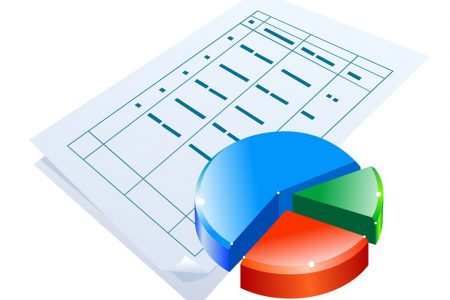Overhead Troubleshooting Part 2 – Emergency Conditions
Introduction to Overhead Troubleshooting Part 2 Identify differences between troubleshooting under emergency conditions and troubleshooting under normal conditions. Describe some basic preparations that can be made prior to emergency troubleshooting. Describe one method used to prioritize problems during emergency troubleshooting. Describe basic safety precautions that should be followed during emergency troubleshooting. Communications Explain why a communications center is needed during emergency conditions. Describe how communications to and from a communications center during emergency conditions are different from communications during normal conditions. Describe how the field communications group at a communications center coordinates feedback from company personnel in the field during an emergency. Describe how the customer communications group at a communications center coordinates information from customers during an emergency. Describe how the dispatcher evaluates information collected by communications center personnel and works with troublemen to deal with emergency problems. Emergency Troubleshooting Describe some methods for effectively dealing with the physical and electrical hazards that are often present when troubleshooting is done on overhead lines at night during a storm. Describe methods that a troubleshooter can use to help prioritize repairs and clear lines.


